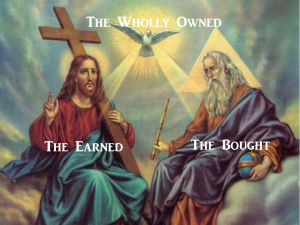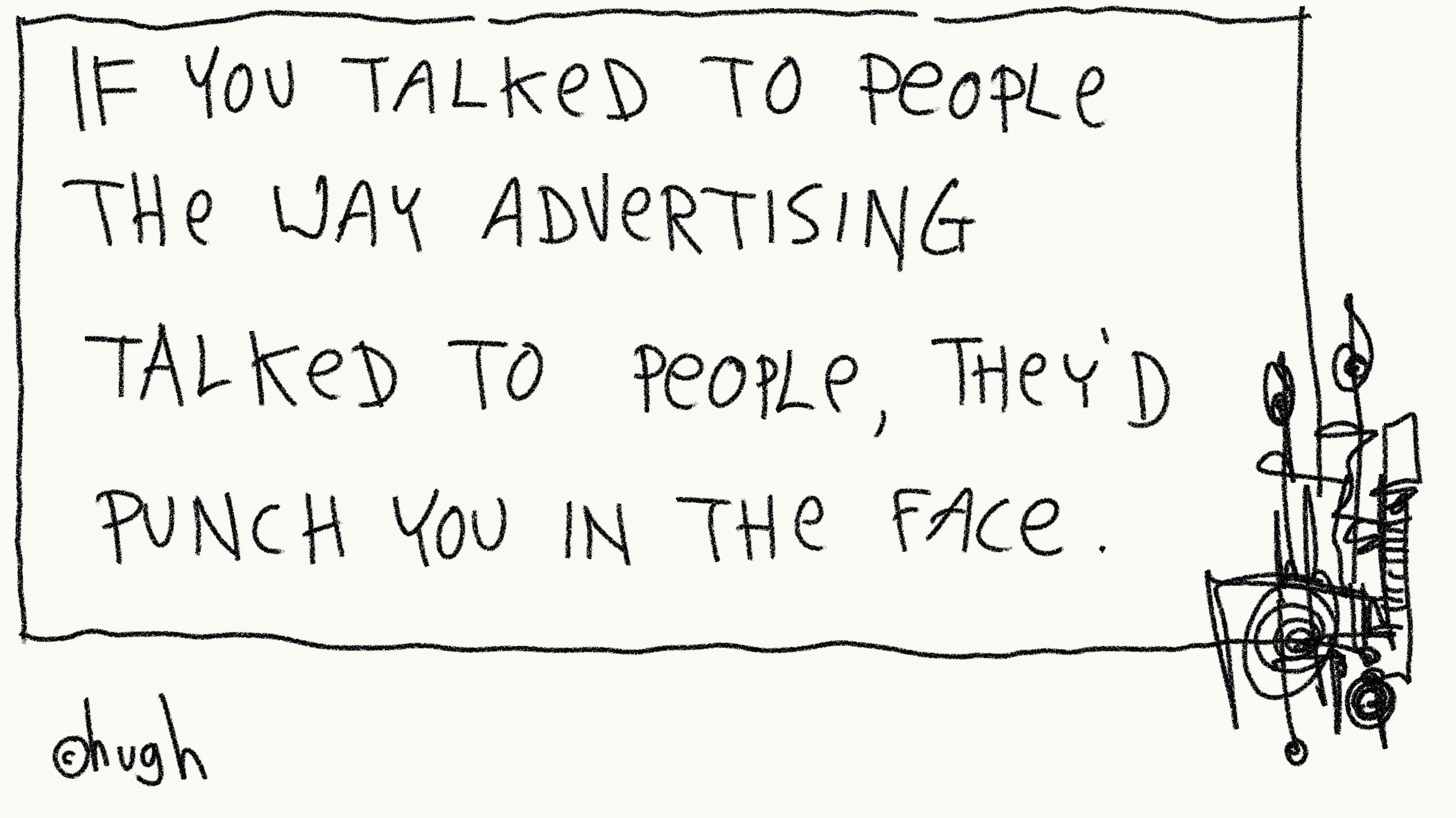Converged media: is it the Next Big Thing?
 Here is a lift from a Sprinklr blog post about its recent purchase of TBG Digital – a “top global social paid solution company”.
Here is a lift from a Sprinklr blog post about its recent purchase of TBG Digital – a “top global social paid solution company”.
With the obvious and inevitable decline of organic reach, paid is increasingly the only lever that can predictably control brands’ reach across channels. It’s absolutely critical that brands learn to coordinate messaging across paid and owned.
I look at this and feel conflicted. At one level, what Sprinklr are saying here is absolutely true. It is certainly true to the extent that brands are starting to recognise that what Sprinklr call ‘organic reach’ just doesn’t happen at any scale in the social digital space (for brands at any rate). It also is validation of what I have been going-on about for some years now – namely that there are no audiences in social media and therefore social is not a reach and frequency (channel and message) game.
I am also aware that ‘the conversation’ within the social digerati of social media managers and consultants has been shifting back towards a greater emphasis on paid social solutions. This is a conversation that is heartily sponsored by the likes of Facebook and Twitter of course because it supports their agenda of discouraging organic (i.e. free) usage of their platforms and encouraging paid usage.
But here is the conflict. Why is it that we therefore think converged media is the answer and is the concept of ‘paid social’ really a contradiction in terms?
I first wrote about this almost exactly two years ago where I argued the point that converged media is really a construct of convenience for those that have an interest in traditional media and mass, audience based marketing. It is a way of trying to preserve the relevance of traditional approaches within the new social space. From the consumer / customer / citizen perspective however, media is going the opposite way. It is diverging and creating two very different media spaces, what I call the world of the audience (traditional media) and the world of the individual (social media). I also questioned the relevance of the Holy Trinity of media (Bought, Earned and the Wholly Owned), suggesting instead that media is now better understood as a spectrum, with participatory media at the social end and non-participatory the traditional end.
It seems to me that what has been happening in the last couple of years has been a growing realisation that most brands’ social media strategies are not working. Rather than try and deal with the fact that this is because these strategies were all about trying to make social work as a traditional, audience-based space (so that traditional audience-based marketing can continue to work) the response has been to try and converge ‘organic’ social with a steroid injection of paid social.
Therefore, converged media is really just the next step along the wrong road. Brands will only hit the right road when they realise that the challenge in the social space is not defined by reach and frequency, channel and message – it is defined by behaviour identification and response. Social ‘media’ is a connection medium, not a distribution medium. You deal with much smaller numbers of people at any one time, but the value from these connections is much greater, largely because they are based upon what your customers want from you, rather than what you want your customers to have.

